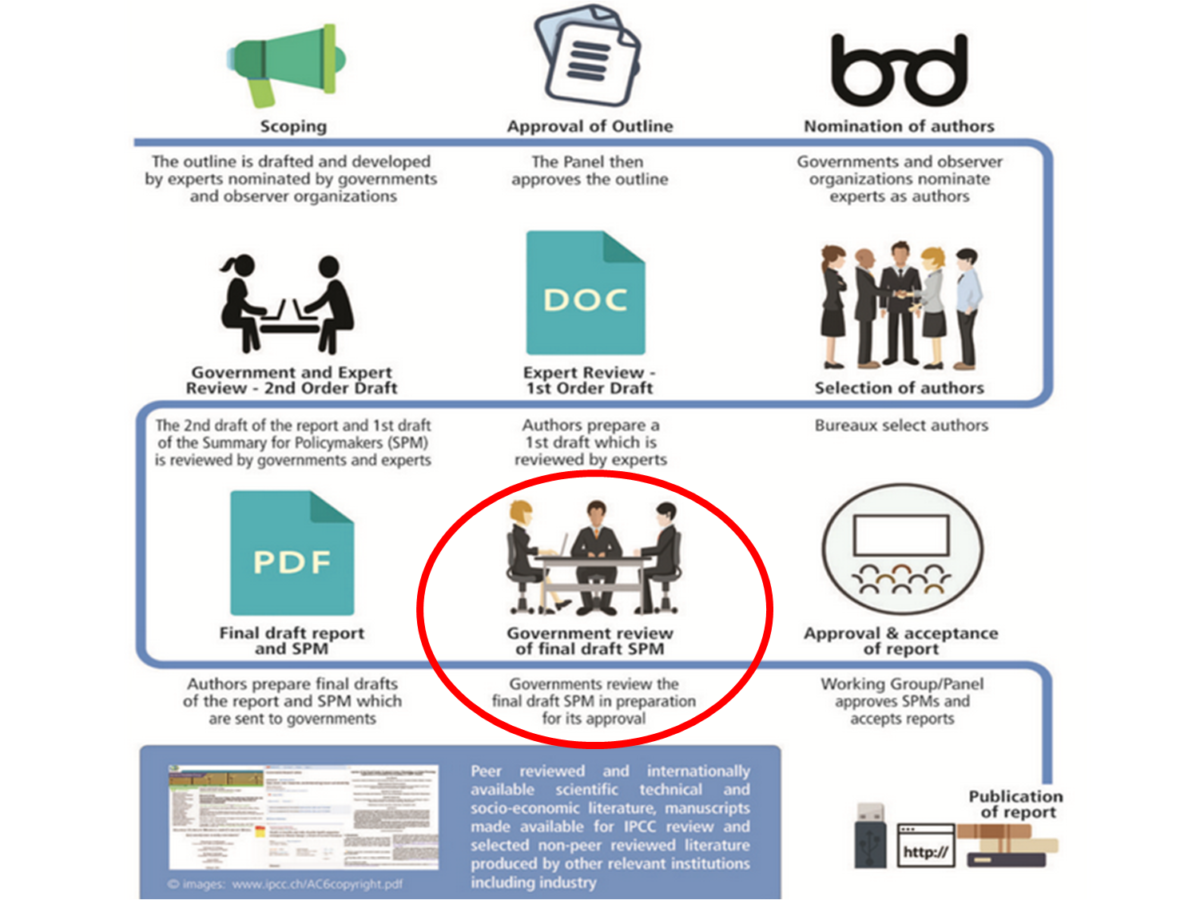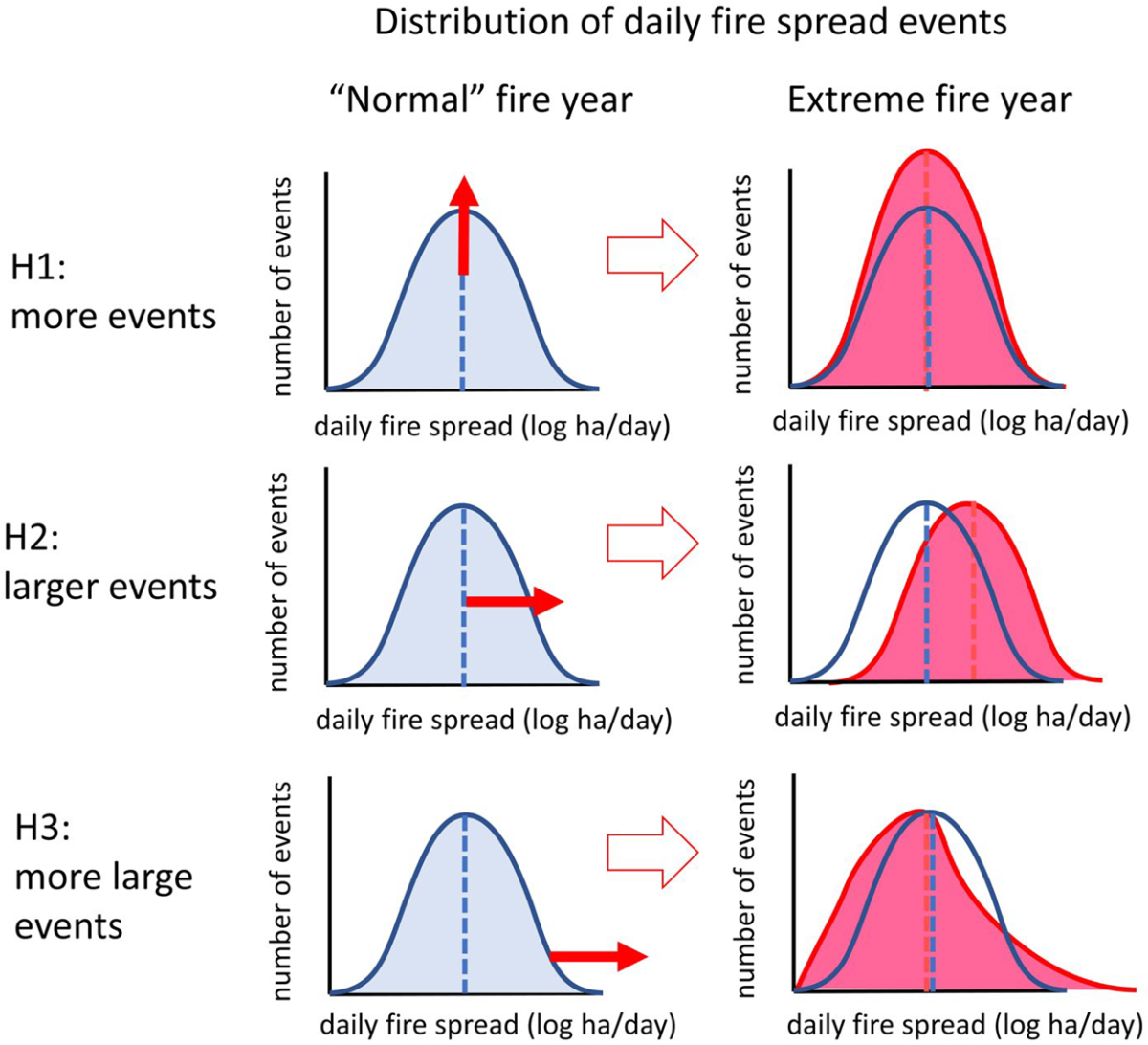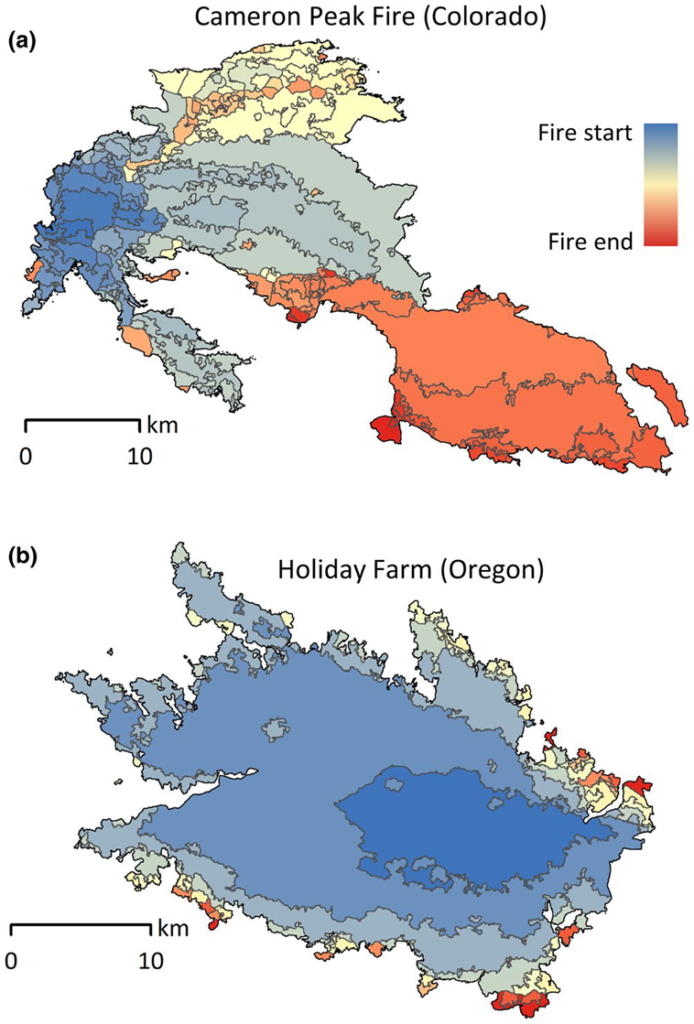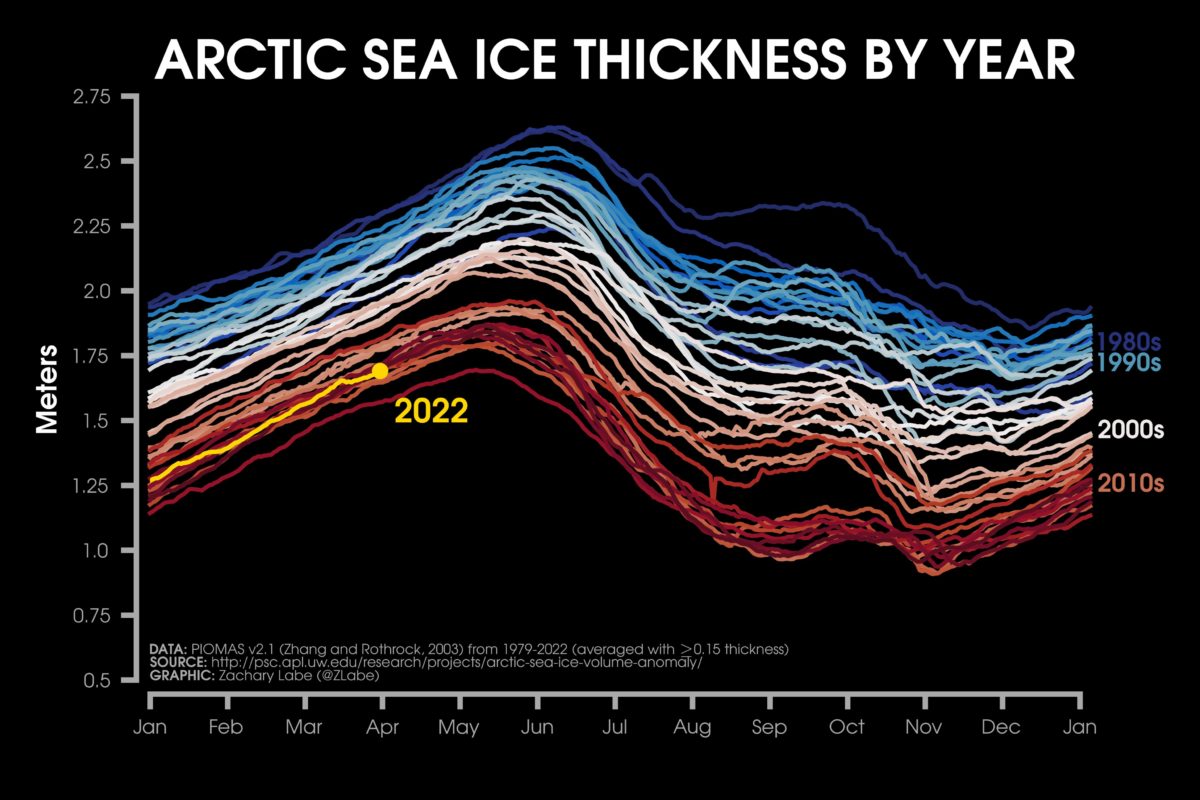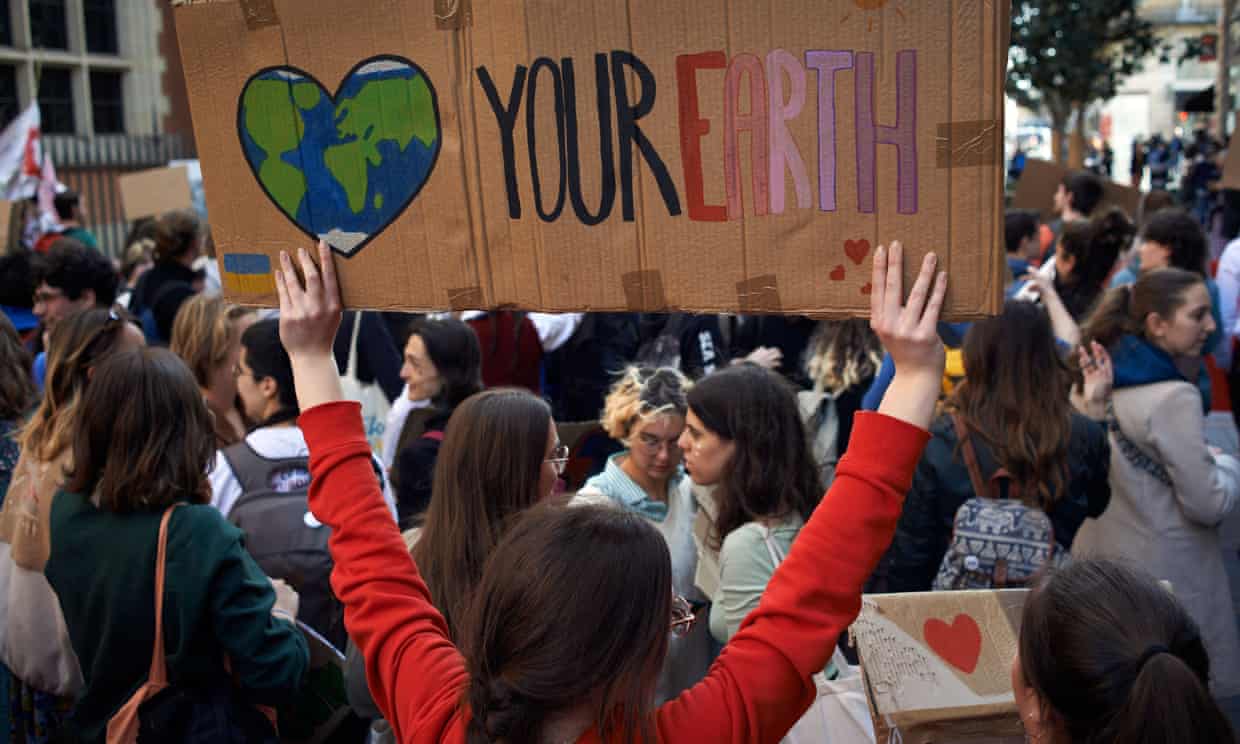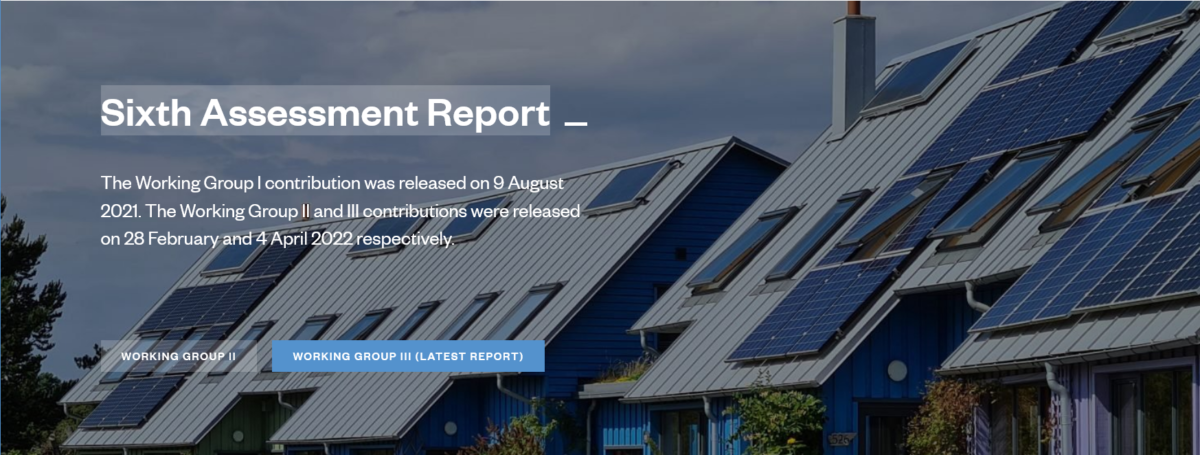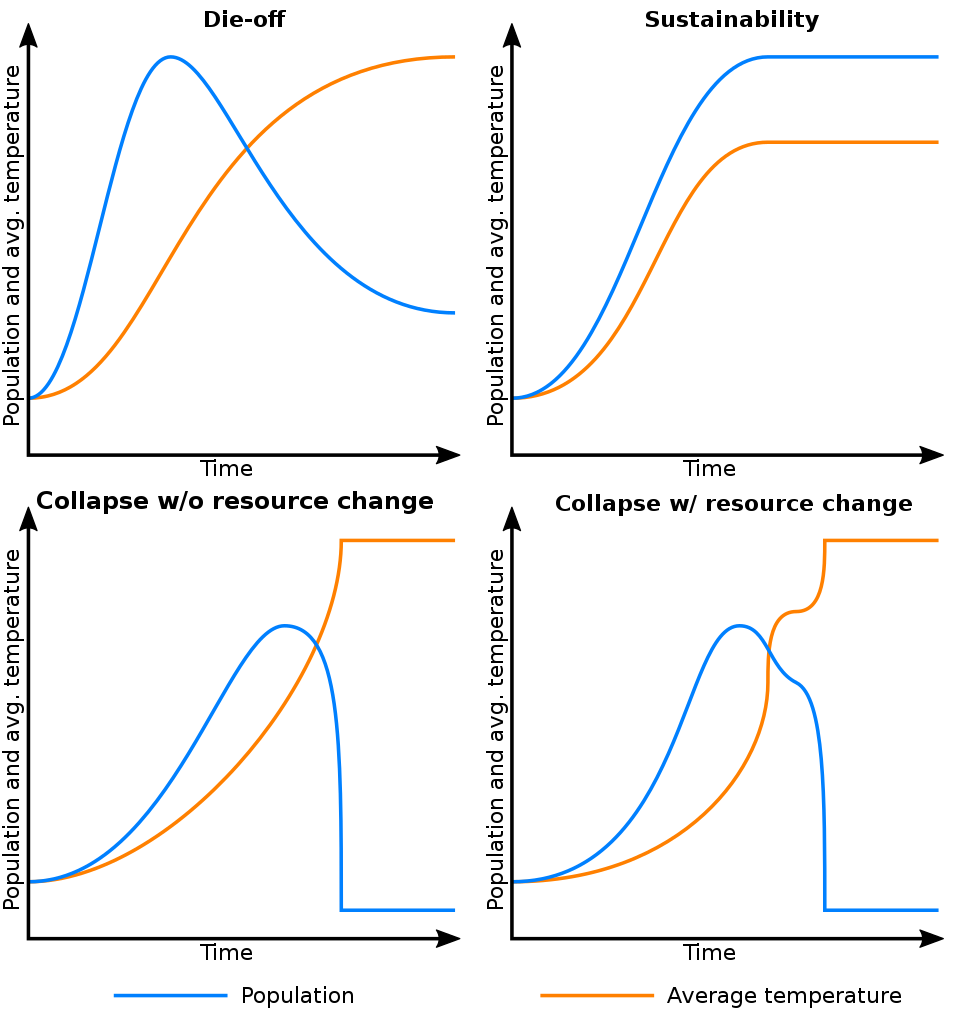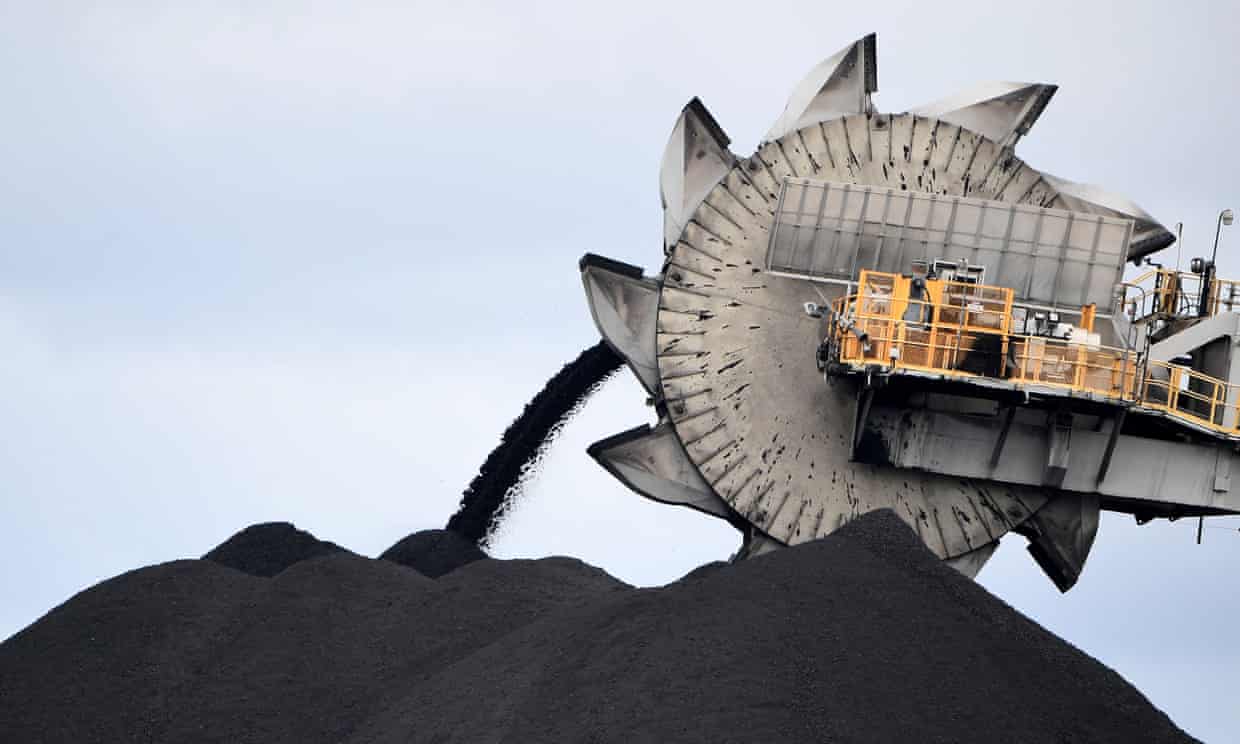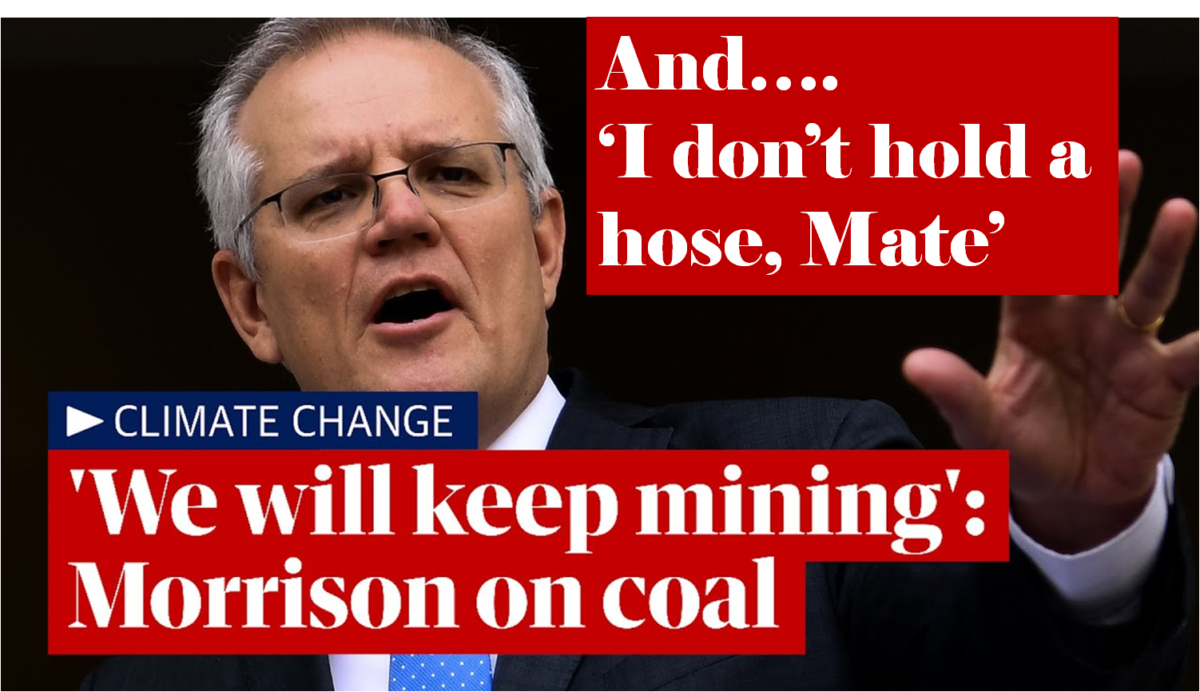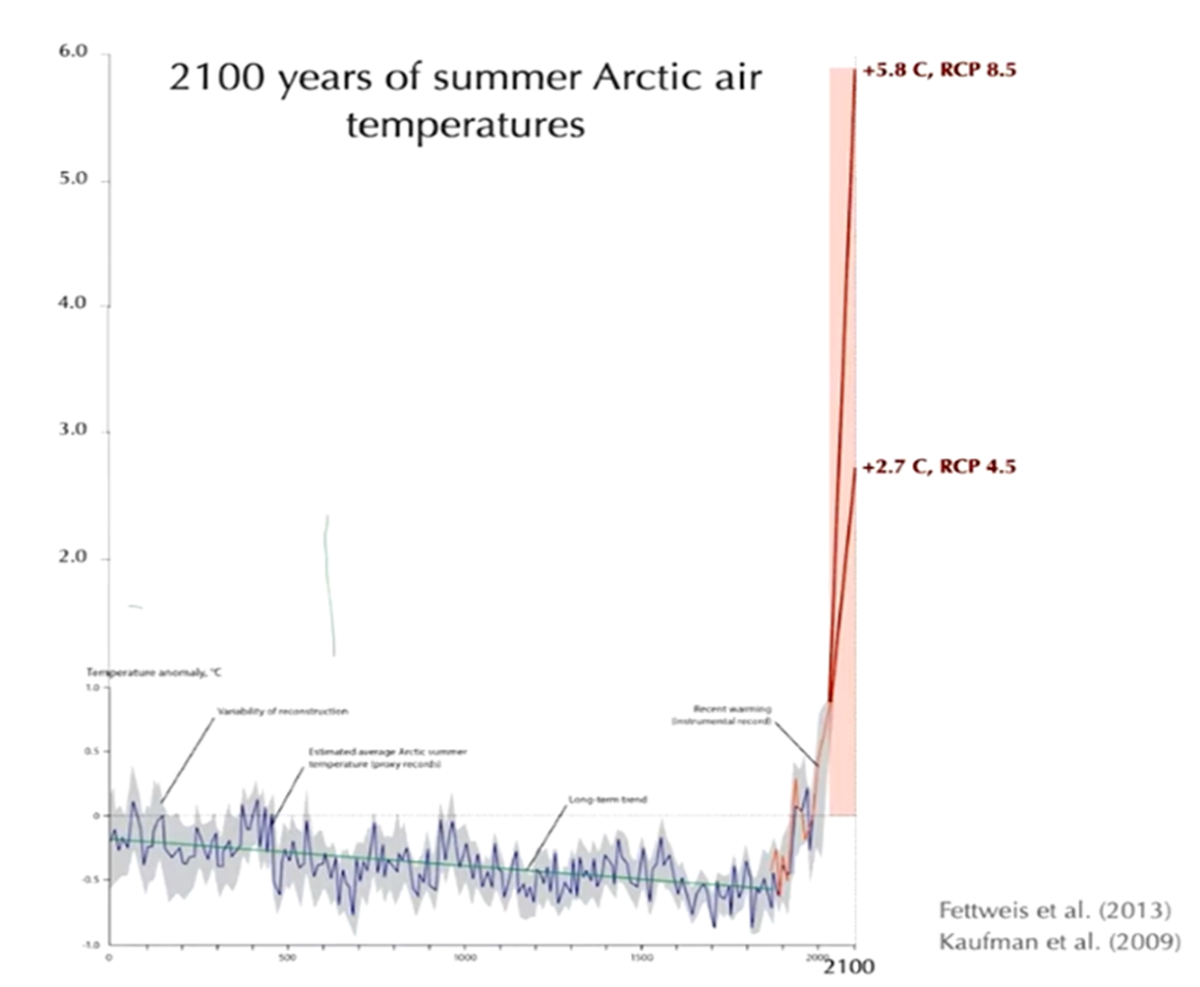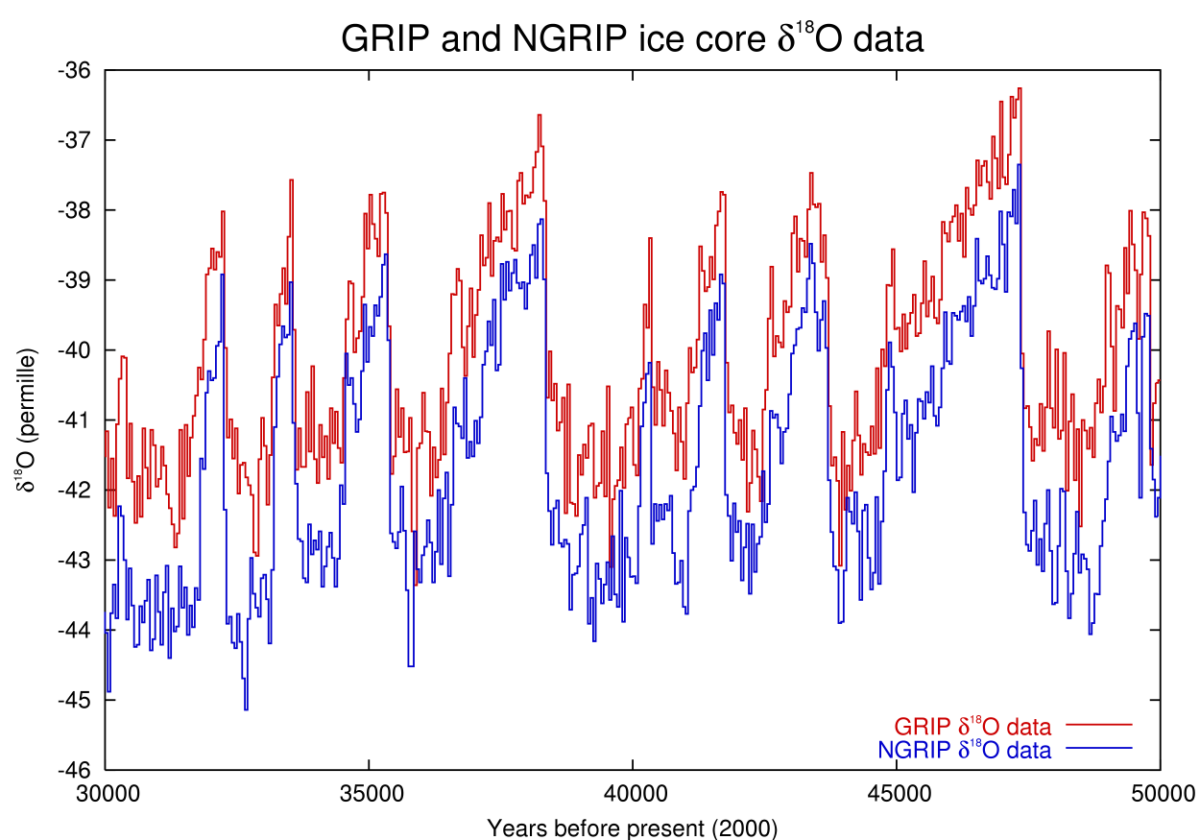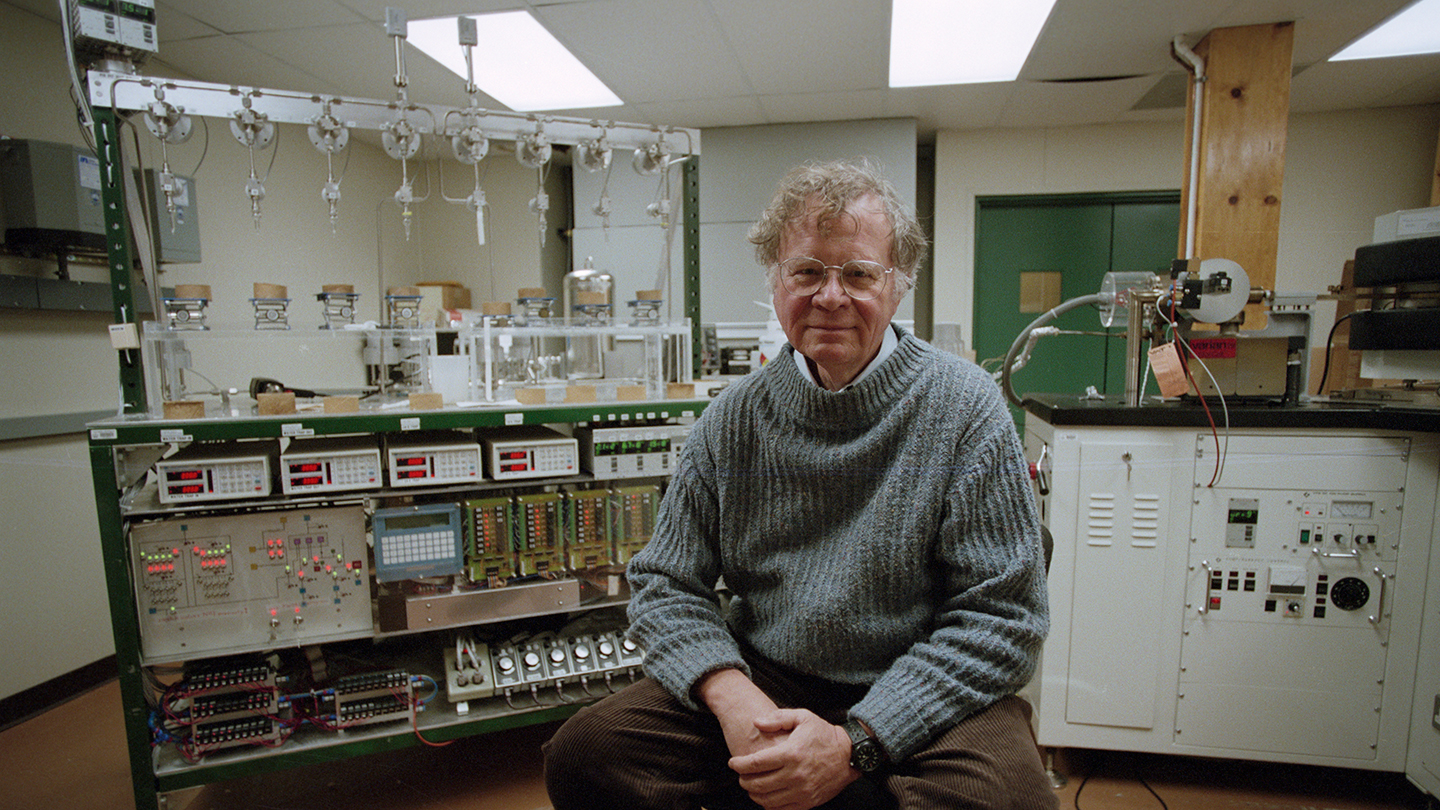For IPCC views, read Tech Sum not Policy Sum
IPCC Reports are highly political processes. The Summary for Policy Makers reflects govt. views. The scientists write the Technical Summary.

by Amy Westervelt – 12/04/2022 in Drilled
The Technical Summary kinda slaps (IPCC Mitigation Report, Part 2): Forget the Summary for Policymakers, the Technical Summary Is Where It’s At
If I could give other journalists covering this report just one piece of advice, it would be this. The Summary for Policymakers (SPM) goes through a tedious approval process during which representatives from 195 governments (some of them very dependent on our continued dependence on fossil fuels, cough cough the U.S. and Saudi Arabia, I’m looking at you). The Technical Summary, on the other hand, comes straight from the authors and is generally released at the same time as the SPM. As Max Boykoff, a contributing author to Ch 13 (on policy) put it: “The technical summary is the one that’s prepared by authors of the report. So it does go through a review process by governments and experts, but ultimately the authors have a say there.” Whereas with the SPM, while authors can reject input that would make the summary inaccurate, that seems to be the most they can do to maintain the integrity of that document; preventing it from becoming a mealy-mouthed political document on the other hand, not so much.
Read the complete article….
Featured image: IPCC’s review process for formal reports. / Original source: IPCC’s Preparing Reports. Via Hall (02/2022) Some fundamental issues relating to the science underlying climate policy: The IPCC and COP26 couldn’t help but get it wrong.
